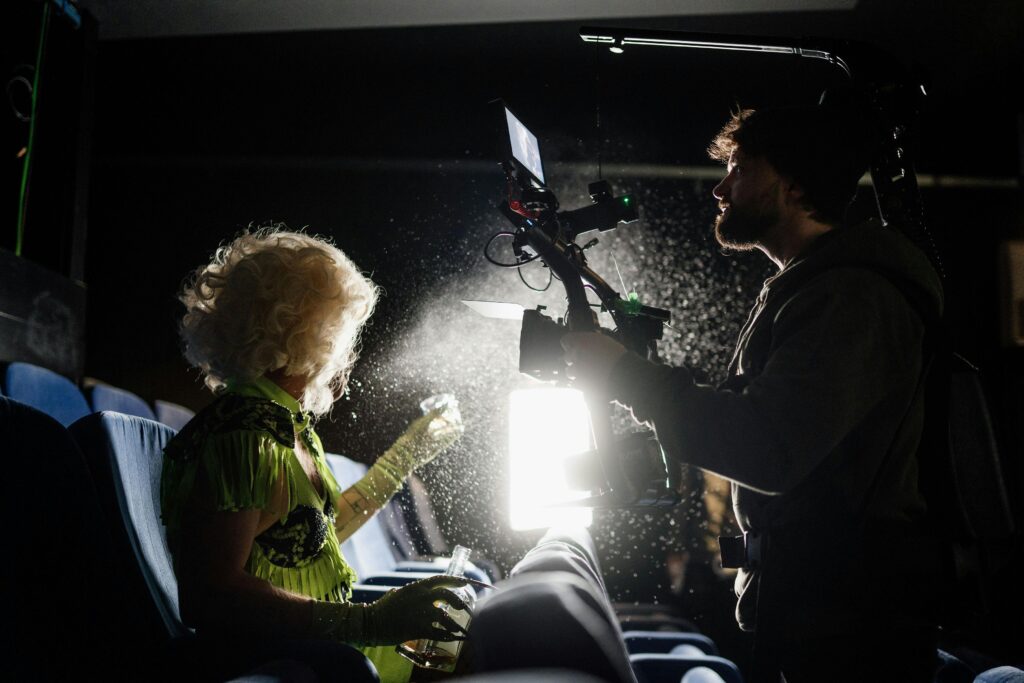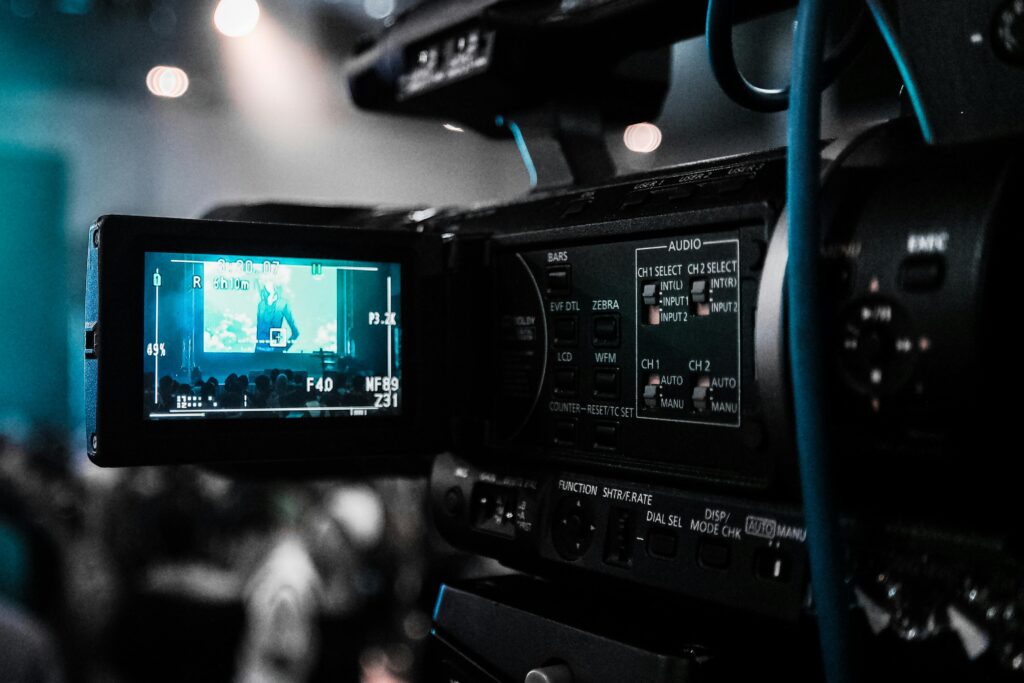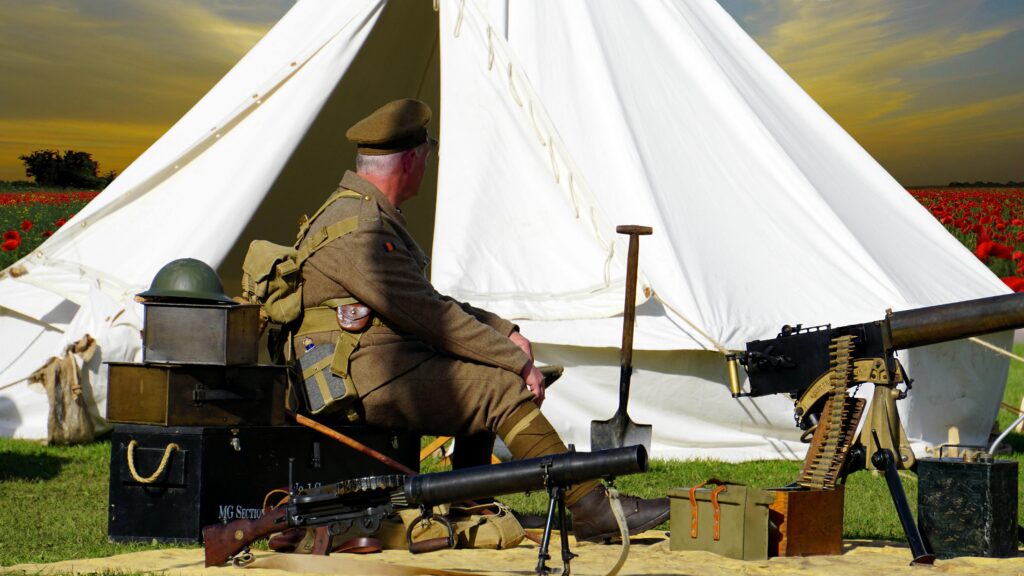Chiaroscuro lighting, derived from the Italian words “chiaro” (light) and “scuro” (dark), is a technique that utilizes strong contrasts between light and shadow to create depth and drama in visual compositions. This method has been pivotal in both art and cinema, offering filmmakers a powerful tool to convey emotion and narrative.
Historical Origins of Chiaroscuro Lighting
The chiaroscuro technique traces its roots to the Renaissance period, with artists like Caravaggio and Rembrandt employing it to add three-dimensionality and emotional intensity to their paintings. Caravaggio’s “The Calling of Saint Matthew” exemplifies this approach, where the interplay of light and shadow directs the viewer’s attention and enhances the storytelling.
Chiaroscuro in Cinematic History
In cinema, chiaroscuro lighting became prominent during the German Expressionist movement and was later integral to the film noir genre of the 1940s and 1950s. Films like “Citizen Kane” and “The Maltese Falcon” utilized this technique to create moody, atmospheric visuals that underscored themes of moral ambiguity and psychological depth.
Implementing Chiaroscuro Lighting in Film
Essential Equipment and Modifiers
To achieve chiaroscuro lighting, filmmakers often use specific equipment and modifiers:
- Softboxes with Grids: These control light spread and prevent unwanted spill, allowing for precise illumination of subjects. For instance, a small softbox with a grid can be ideal for creating controlled light pools.
- Strip Softboxes: Useful for lighting more of the subject while maintaining control over light direction. A strip softbox with a grid can provide elongated light sources suitable for full-body shots.
- Focusable Spotlights: Devices like the Dedolight Turbo Series DLED7 allow for adjustable light focus, making them suitable for highlighting specific areas without affecting the entire scene.
Lighting Setup and Positioning
Effective chiaroscuro lighting involves strategic placement of light sources:
- Angle of Light: Position lights at a 45-degree angle to the subject to create pronounced shadows and depth.
- Distance from Subject: Placing lights closer to the subject increases contrast, while moving them further away softens the effect.
- Background Considerations: Using a dark background enhances the contrast between illuminated areas and shadows, intensifying the chiaroscuro effect.
Applications Across Film Genres
Chiaroscuro lighting is versatile and can be adapted to various film genres:
- Film Noir: Characterized by its use of stark light and shadow contrasts to convey themes of crime and moral ambiguity.
- Horror: Utilized to create suspense and highlight the unknown, with shadows obscuring potential threats.
- Drama: Employed to emphasize emotional moments and add depth to character interactions.
Common Questions About Chiaroscuro Lighting
What is the purpose of chiaroscuro lighting in film?
Chiaroscuro lighting serves to add depth, dimension, and emotional intensity to scenes by manipulating light and shadow.
How does chiaroscuro lighting affect the mood of a scene?
By creating strong contrasts, it can evoke feelings of tension, mystery, or drama, depending on the context.
Can chiaroscuro lighting be used in color films?
Yes, while traditionally associated with black and white films, chiaroscuro lighting is effectively used in color films to enhance visual storytelling.
What are the challenges of implementing chiaroscuro lighting?
Challenges include controlling light spill, achieving the desired contrast without overexposing highlights or losing detail in shadows, and ensuring consistency across shots.
Is special equipment required for chiaroscuro lighting?
While specific modifiers like grids and focusable spotlights can aid in achieving the effect, chiaroscuro lighting can be accomplished with standard lighting equipment through careful planning and positioning.
Conclusion
Mastering chiaroscuro lighting empowers filmmakers to craft visually compelling narratives that resonate with audiences. By understanding its historical significance, technical implementation, and applications across genres, one can effectively harness this technique to enhance cinematic storytelling.
For further reading on chiaroscuro lighting techniques and applications, consider exploring resources such as Adorama’s guide on chiaroscuro lighting and Venture Photography’s insights on the subject.


